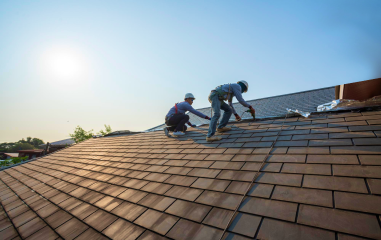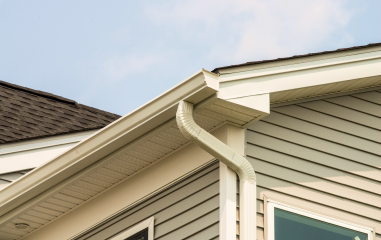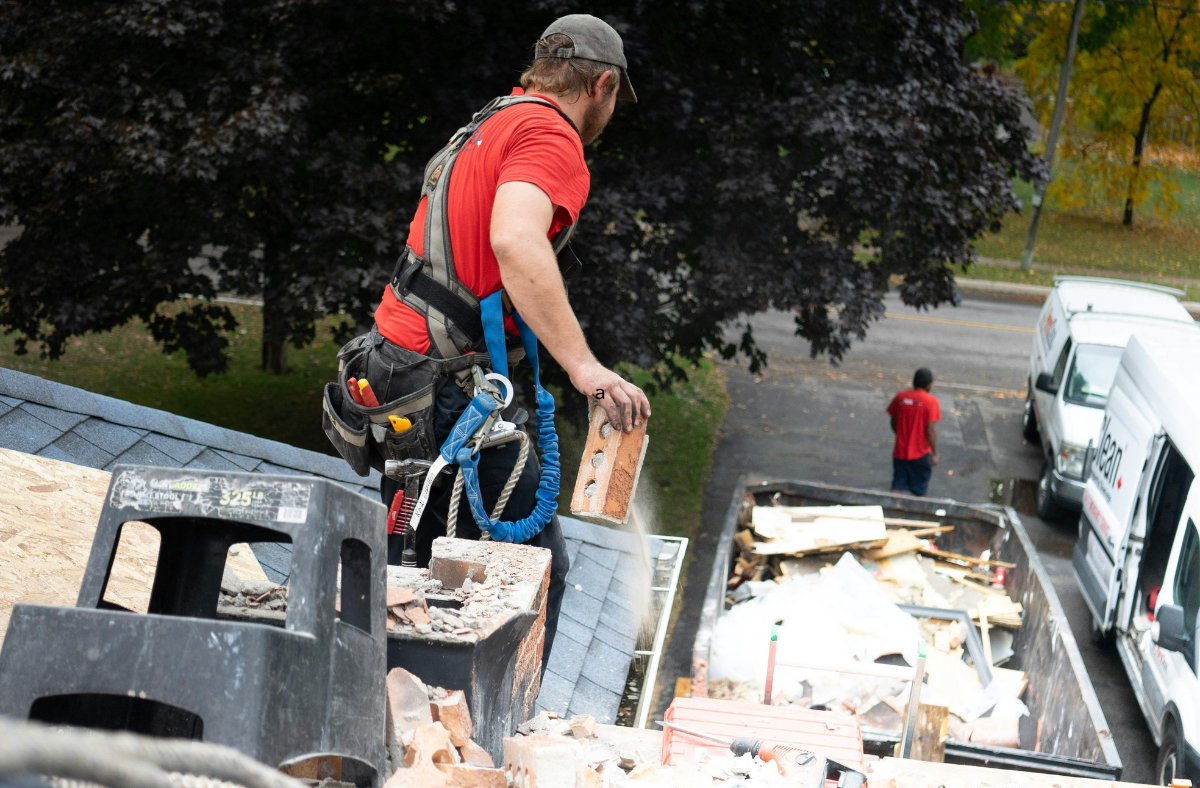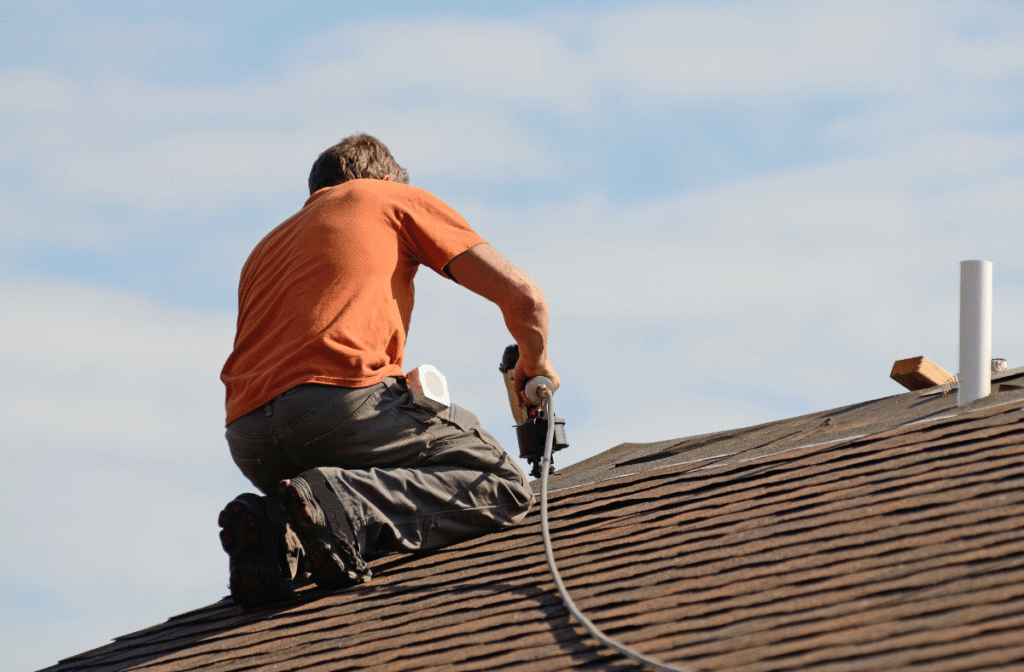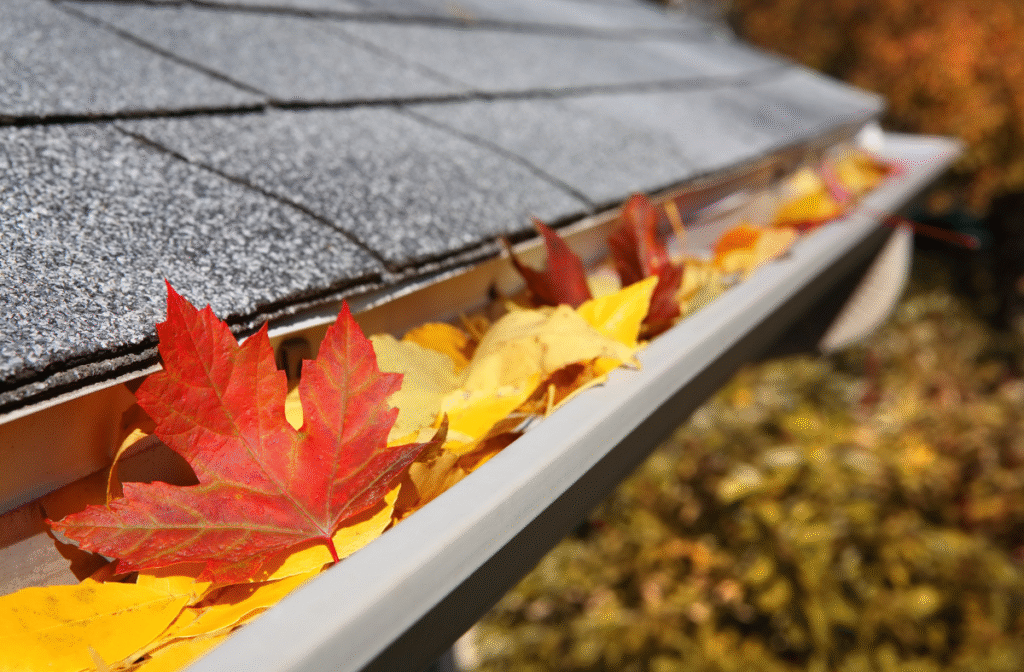If you live in Texas, you know how unpredictable the weather can be. One month you’re sweating through a 100-degree heatwave, and the next you’re watching a hailstorm pound your neighborhood.
From Gulf Coast humidity to West Texas heat, your roof faces some of the harshest conditions in the country. Keeping up with a consistent roof maintenance checklist is one of the best ways to protect your home and avoid costly repairs.
This guide gives you essential roofing maintenance for each season so you can stay ahead of damage before it becomes a major problem.
Table of Contents
Not sure if you should repair or replace your roof? Give us a call for FREE roof inspection
Why Roofing Maintenance Matters in Texas
Your roof protects everything inside your home. When it’s neglected, small problems can quickly lead to leaks, rot, and structural issues. A little time spent maintaining your roof can save thousands of dollars down the line.
Regular roofing maintenance helps you:
- Catch minor damage early
- Keep your roof warranty
- Prevents issues like mold or water stains
- Reduce energy loss
- Keep your cooling bills lower
Roofing Maintenance Tips for Each Season
Follow these roofing maintenance tips each season.
Spring
Roofing maintenance checklist:
- Inspect your roof for cracked, curling, or missing shingles after winter storms
- Check flashing around chimneys, skylights, and vents to ensure a tight seal
- Clean out gutters and downspouts to prevent water backup and rot
- Look for algae or moss on your roof in shaded areas and clean with a gentle solution or professional service
- Inspect your attic for signs of leaks, such as damp insulation or water stains.
- Trim tree branches that hang over your roof to prevent debris buildup and damage
Spring in Texas often brings high winds, heavy rain, and hail. After the winter months, it’s important to inspect your roof for any signs of damage.
Start by walking around your home and looking up at your roof. If you see shingles that are missing, cracked, or curling, it’s time to have them replaced. Look closely around chimneys, skylights, and vents where flashing can loosen over time.
Gutters should be completely clear so rainwater can drain freely. Clogged gutters cause water to back up under the shingles, which eventually leads to rot and leaks.
Texas humidity in the spring can also encourage algae and moss growth, especially on shaded parts of the roof. If you notice dark streaks or green patches, clean them with a mild cleaning solution or hire a professional roof cleaner.
Finally, take a look inside your attic after a rainy day. If you notice damp insulation, musty odors, or dark spots on the ceiling, you might have a hidden leak. Addressing these issues early will prevent major headaches when the heavier rains arrive later in the season.
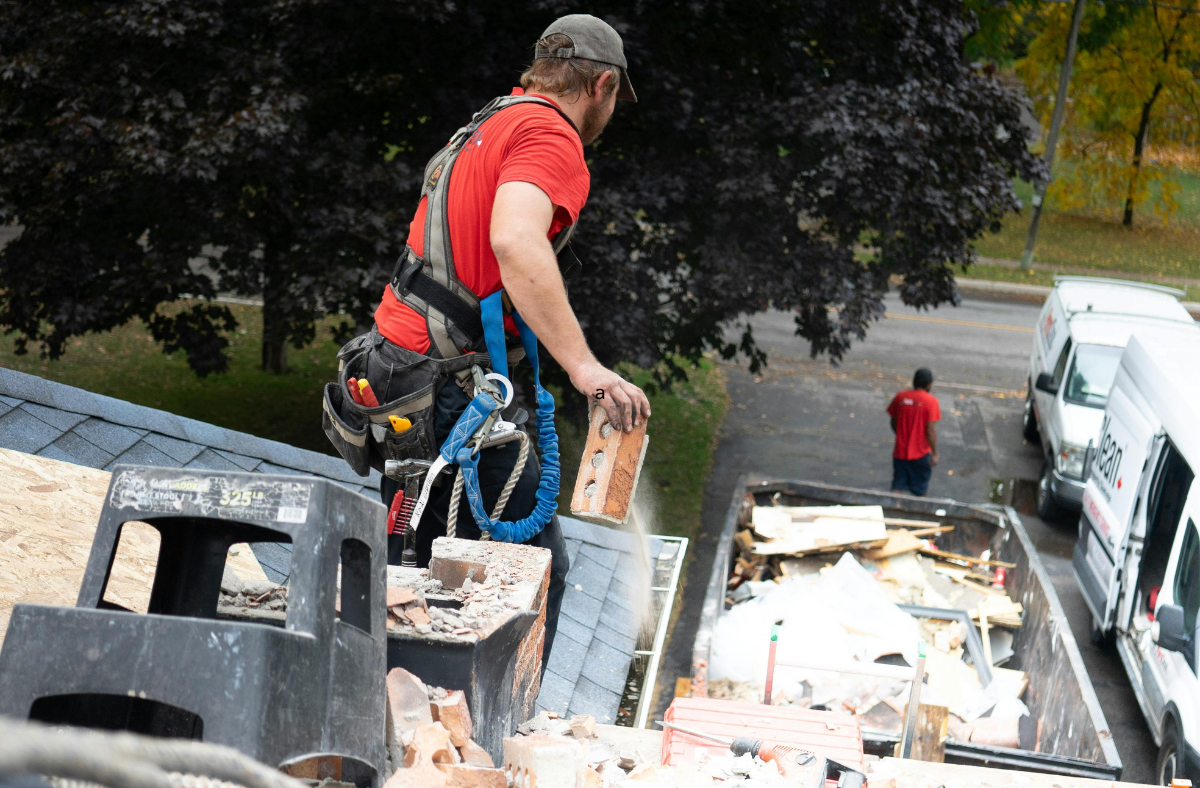
Summer
Roofing maintenance checklist:
- Examine shingles for blistering, cracking, or granule loss caused by extreme heat
- Check attic ventilation to ensure hot air can escape and prevent shingle deterioration
- Re-seal or replace cracked caulking around vents, skylights, and flashing
- Remove debris like leaves or branches that can trap heat or moisture
Summer in Texas is punishing for any roof. Constant exposure to high heat and UV rays can cause shingles to dry out, fade, or crack. Check your roof in early summer to make sure everything is holding up.
Shingles that have lost their granules may look shiny or feel smooth to the touch. This means they’re no longer protecting your roof from the sun and will need to be replaced soon.
Your attic ventilation is also critical during the summer months. Proper ventilation helps release hot air and prevents heat from baking your shingles from below. If your attic feels excessively hot or stuffy, it may be time to have your vents inspected.
Another thing to check is the caulking around vents, chimneys, and skylights. Heat causes sealants to dry out and crack, leaving gaps where water can enter. A quick re-seal can prevent expensive damage later.
If debris like leaves or branches collects on your roof, remove it promptly. Anything that traps heat or moisture will accelerate wear.
Fall
Roofing maintenance checklist
- Inspect your roof for storm damage after summer and early fall thunderstorms
- Look for loose, lifted, or dented shingles that may allow leaks
- Clean out gutters and roof valleys filled with fallen leaves or debris
- Confirm gutters are securely attached and directing water away from your foundation
- Check attic ventilation for condensation or musty smells, indicating poor airflow
Fall brings a mix of relief and risk. While the extreme heat starts to fade, the potential for high winds, rain, and even hurricanes in some parts of Texas increases. This is the perfect time to prepare your roof for the months ahead.
After any major storm, walk around your property and check your roof for visible damage. Even if you don’t see leaks, loose or dented shingles can allow water to seep in later. Pay attention to flashing and vents as well, since these are often the first areas to loosen or lift in high winds.
Leaves and twigs tend to collect in gutters and valleys during the fall. Clean them out thoroughly so water flows freely when the next rain hits. This is also the time to make sure your gutters are securely attached and directing water away from your home’s foundation.
Cooler temperatures can sometimes reveal ventilation issues. If your attic feels damp or musty, you may need better airflow to prevent condensation. A balanced ventilation system will keep your attic dry and extend the life of your roof decking and insulation.
Winter
Roofing maintenance checklist
- Inspect shingles for brittleness or cracking during cold snaps
- Keep gutters clean to prevent trapped water from freezing and causing ice buildup
- Ensure your attic is properly insulated to prevent heat loss and condensation
- After freezing rain or ice, check for signs of ice dams along roof edges
- Address any existing leaks or minor damage before spring storms arrive
Most of Texas gets snow only occasionally, but winter still brings challenges. Occasional freezes and cold snaps can make old shingles brittle and more prone to cracking. If you’ve had previous damage or repairs, check those areas closely to ensure they remain sealed.
During cold weather, it’s important to make sure your gutters are clean. Any remaining debris can trap water, which can freeze and expand. This can loosen shingles or create ice dams, especially in northern parts of the state where temperatures drop below freezing.
Your attic insulation also plays an important role in roof health during the winter. If warm indoor air escapes through your attic, it can create condensation that damages the underside of your roof. Proper insulation keeps your home comfortable and your roof dry.
Winter may not be a heavy maintenance season in Texas, but it’s an excellent time to catch up on smaller tasks and make sure your home is ready for spring storms.
What You Can Safely Do Yourself
Some basic roofing maintenance tasks are perfectly safe for homeowners to handle. You can inspect your roof visually from the ground, clean out gutters, and trim any overhanging tree branches.
Checking the attic after heavy rain to look for leaks or damp insulation is also a simple step that can reveal problems early.
However, climbing onto your roof, repairing shingles, or cleaning mold and algae are best left to professionals. Roof work is dangerous, and a trained contractor can perform these tasks safely while spotting hidden damage you might miss.
When to Call a Professional
Even with roof maintenance tips and a checklist, some problems require a professional’s expertise. If you notice sagging rooflines, missing shingles, discolored spots, or water stains on your ceiling, it’s best to schedule an inspection.
Mold that keeps returning after cleaning, excessive granules in your gutters, or rusted flashing are also warning signs.
A professional roofer, like M&M Roofing, Siding, and Windows, can safely access hard-to-reach areas, identify hidden leaks, and provide detailed recommendations for repairs.
How Often Should You Schedule Roof Inspections?
Once-a-year inspections are a smart rule of thumb. Given the frequency of hail and strong storms, you should also schedule an inspection after any severe weather event.
M&M Roofing, Siding, and Windows offers free, no-obligation inspections and can let you know if any repairs are needed or if your roof is still in good condition.
Annual inspections ensure your roof stays strong, your warranties remain valid, and your home stays protected year-round.
Protect Your Home Year-Round
Your roof is your home’s shield against everything Texas weather can throw at it. Following a consistent roof maintenance checklist ensures that it stays strong through heat, storms, and everything in between.
A little care each season goes a long way toward avoiding costly repairs and keeping your home safe and comfortable.
If it’s been more than a year since your last inspection, or if recent storms have left you wondering about your roof’s condition, schedule a free inspection with M&M Roofing, Siding, and Windows.
Our team is ready to help you protect your roof, your home, and your peace of mind all year long.
M&M Roofing, Siding, and Windows has been serving Texas homeowners for over 40 years. Call us or complete the request form to schedule a FREE roof inspection and consultation.



